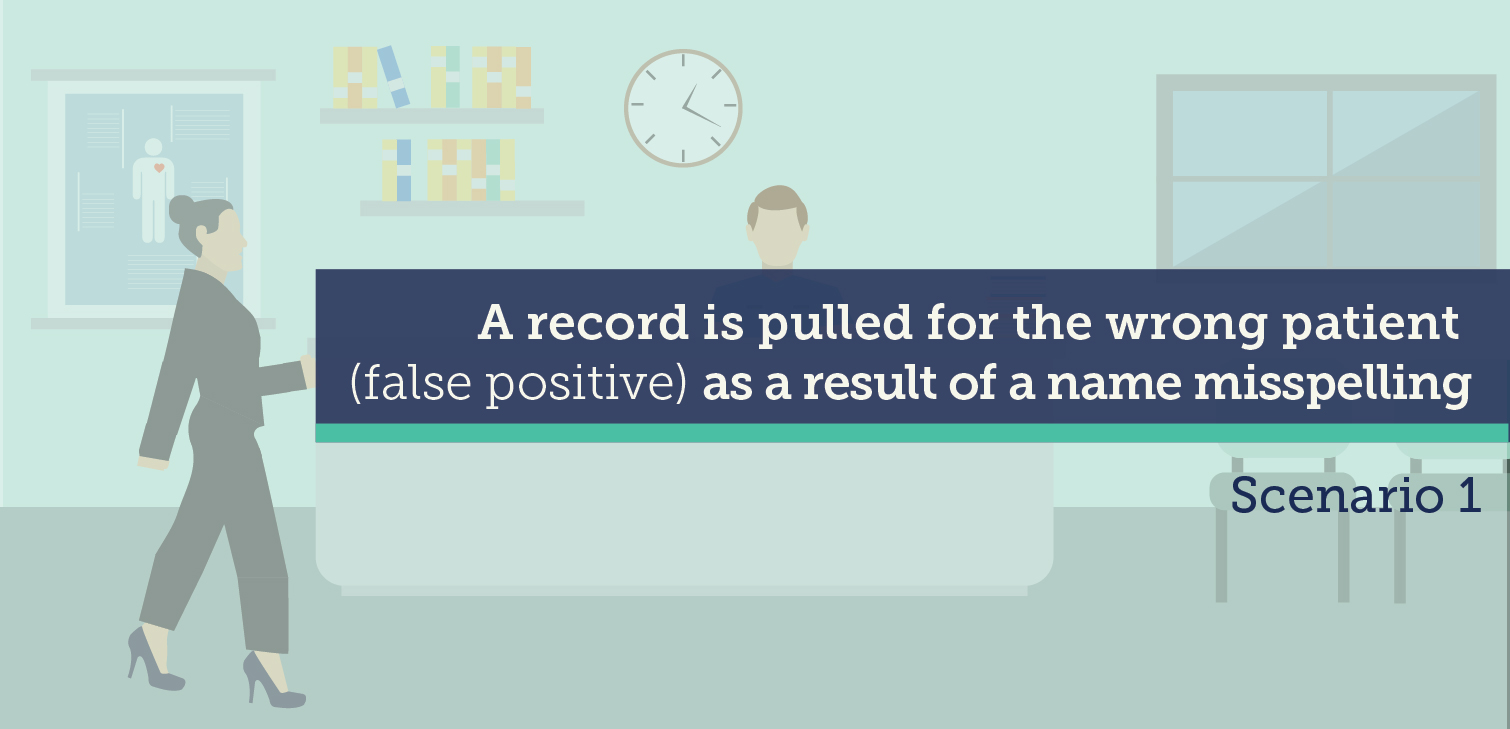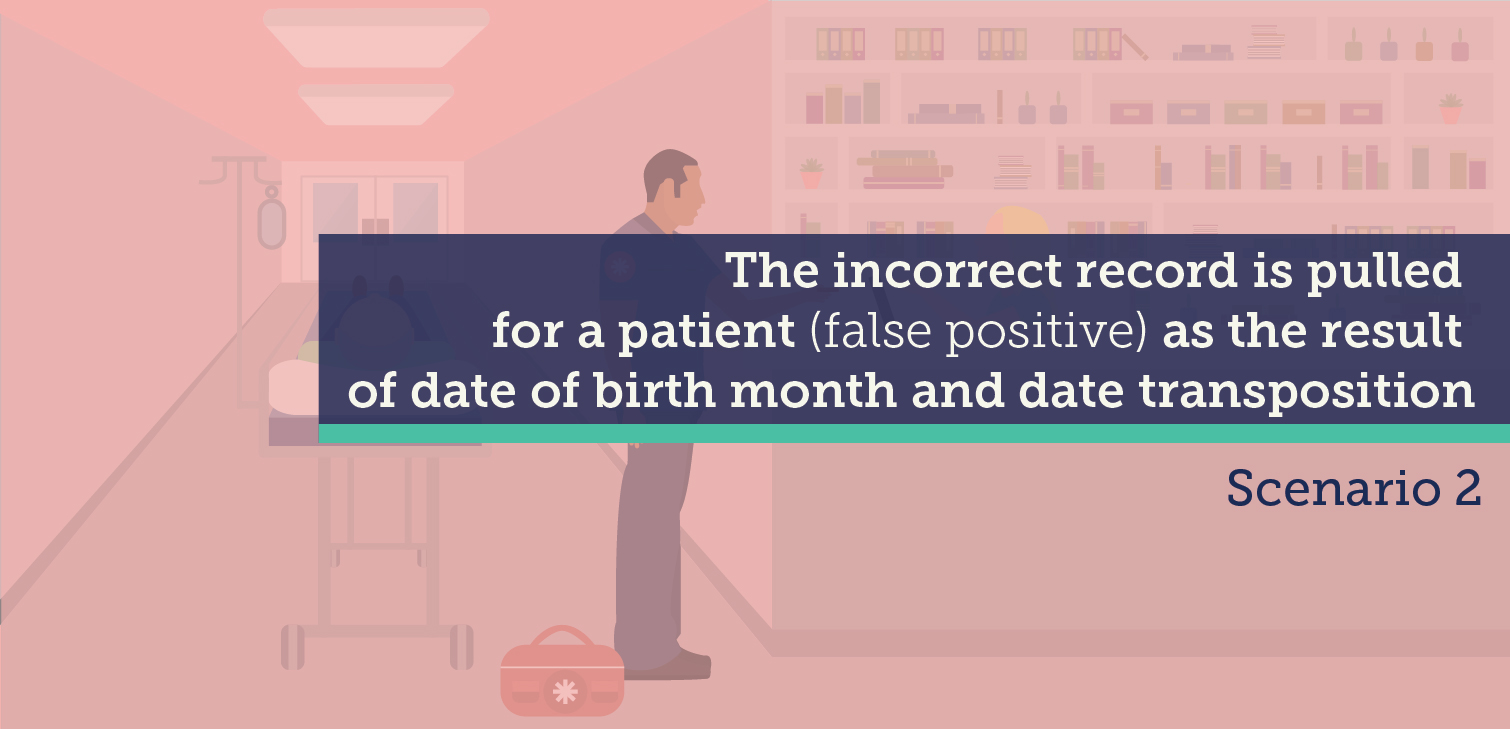Chapter 1
What’s the big deal about patient demographic data?
Patient demographic data refers to all of the non-clinical data about a patient, including: name, date of birth, address, phone number, email address, sex, race, etc.
Within your practice management system and EHR, patient demographic data is used to match patient records together, so that your system has one record for each patient. And, when you send patient records to another practice or to the hospital, they use the same set of demographic data to find the patient in their EHR, so that they can maintain one record for each patient.
Practice management and EHR systems often use sophisticated technology to compare data elements to determine if a patient matches a record in their system. Unfortunately, patient demographic data is often misspelled, numbers are transposed (reversed), and sometimes data just is not captured. For example, your systems have to look at two records, like the below and determine if there is a match or not. Would you match these records together?
| First Name | Last Name | Suffix | Date of Birth | Address | Phone Number | Sex |
|---|---|---|---|---|---|---|
| J | Smith | Jr | 7/16/82 | 1 Elm Street | 555-555-5555 | M |
| James | S | 7/16/82 | 1 Elm Street | 555-555-5555 | M |
As advanced as technology is today, making decisions about matching patient data can be incredibly difficult when patient demographic data is not captured correctly and consistently. And incorrectly matching patient records together or creating duplicate records can have significant consequences, particularly for patients.
Review each of the following scenarios to learn about some of the patient safety issues that can occur when patient records are not matched due to low quality patient demographic data. Note that in each scenario a number of best practices are not followed. These best practices will be covered in the subsequent chapters.



The following chapters will show you ways that you can improve patient demographic data in your everyday work.






Join the conversation
Let us know how we can improve and expand the Playbook.
Share your feedback